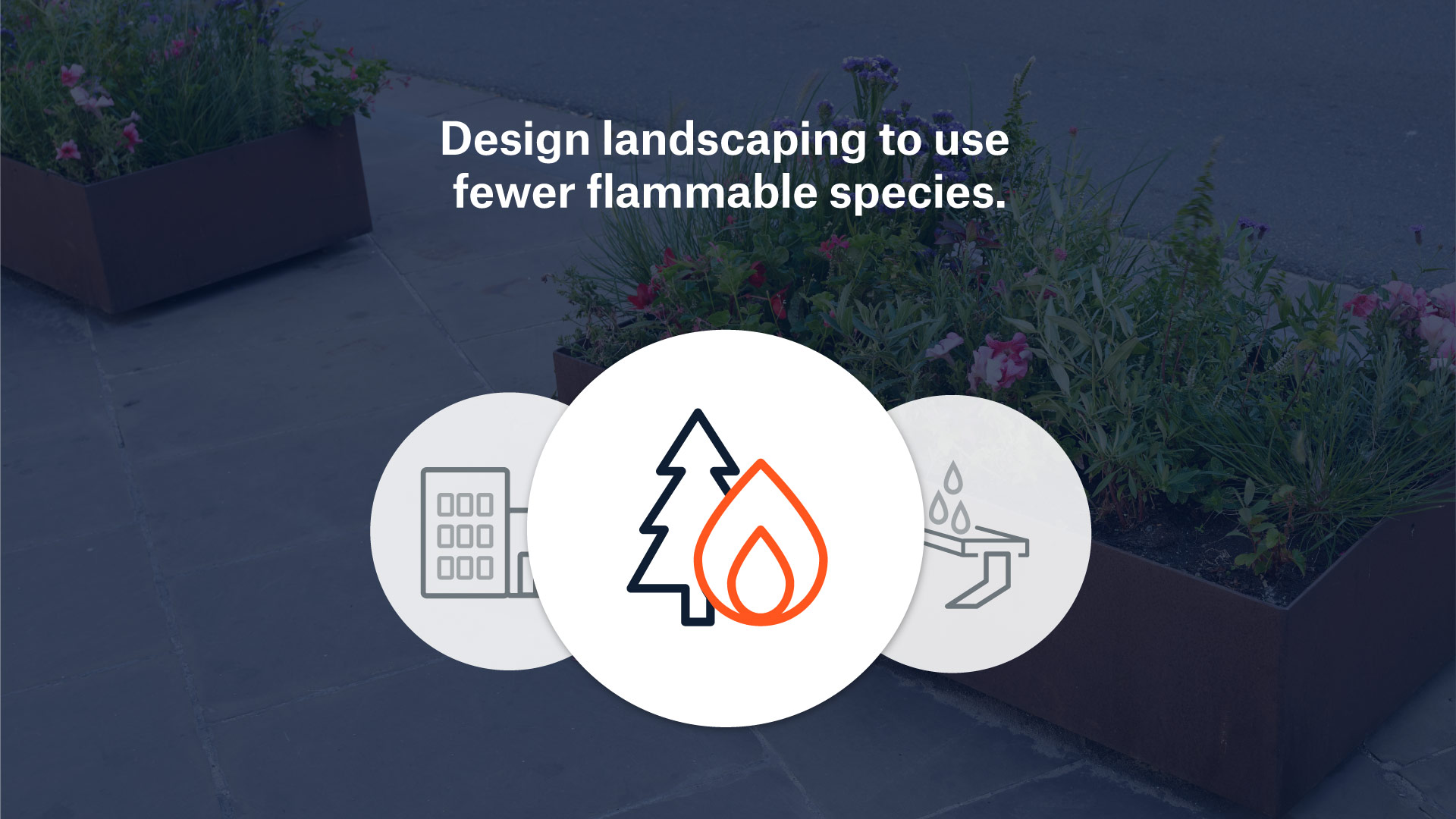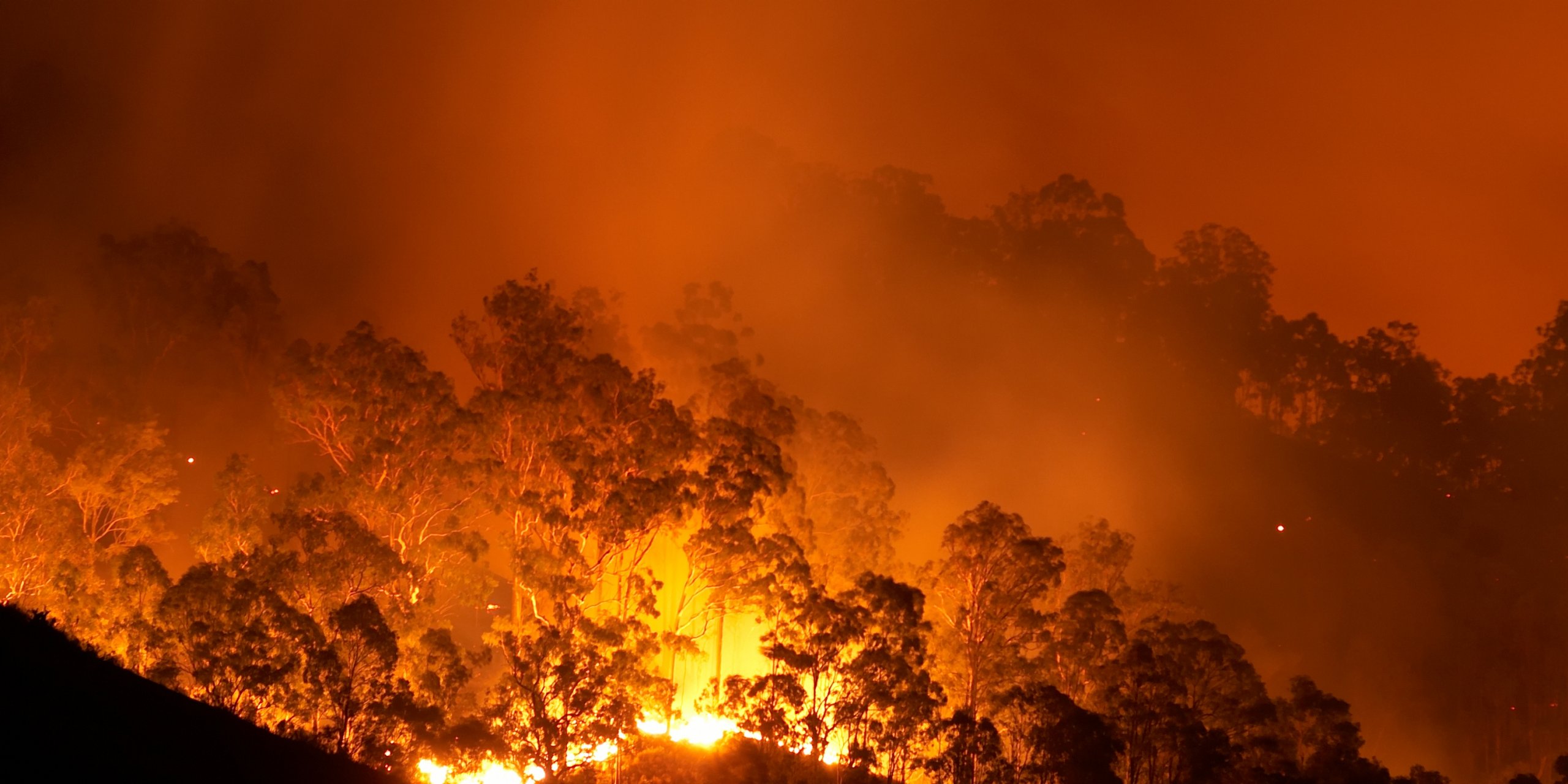Wildfire facts
The frequency and intensity of
extreme wildfires has more than
doubled in the last two decades,
according to a 2024 study.¹
1 minutes read
Published 08/23/2024

properties.trackTitle
properties.trackSubtitle
Definition
forests, grasslands, or prairies.

Drivers of wildfire losses
Changing climate
Rising emissions and global warming can cause increased heat and extended drought.
Human activity
This includes carelessness with campfires, improperly discarded cigarettes, fireworks, arson, and problems with power transmission.
Land-cover changes
Communities spread and develop into
areas with higher fire risk.
areas with higher fire risk.
Wildfire losses in the US
>1/3
Of the US population lives in counties with high wildfire risk²
$1.3tn
Value of homes at risk for wildfires estimated by US Fire Administration in 2023
7.6m
Acres burned in the US in 2022³
Five ways businessowners and homeowners can reduce wildfire risk











Top 5 states for wildfires ranked by number of fires (2022)4





1Cunningham, C.X., Williamson, G.J. & Bowman, D.M.J.S. (2024). Increasing frequency and intensity of the most extreme wildfires on Earth. Nat Ecol Evol. https://doi.org/10.1038/s41559-024-02452-2
2USDA. 2024. Updates to wildfirerisk.org identify communities with increased risk and provide resources to mitigate wildfire. May 29. https://wildfirerisk.org/about/news/
3National Interagency Fire Center. (2024). Wildfires and acres statistics.
https://www.nifc.gov/fire-information/statistics/wildfires
4Triple-III. (2023). Facts + statistics: Wildfires.
https://www.iii.org/fact-statistic/facts-statistics-wildfires
1
Munich Re US expert

Jay Rosario
Head of Digital Solutions
Munich Re US wildfire solutions

properties.trackTitle
properties.trackSubtitle






